It’s normal for bleeding hearts to produce spring growth, bloom, and then go dormant later in the summer. There are a number of reasons for leaves turning yellow:
Bleeding heart vines enter a state of dormancy during the summer in which they shrivel up and appear to die. But if you live where summers are hot and dry, the leaves of your bleeding heart can turn yellow sooner than usual.
Bleeding hearts are sensitive to overwatering, which oftentimes causes the leaves to turn yellow. Water only twice a week during the summer, and then gradually reduce water toward the end of summer. Throughout winter, water your bleeding heart vine only about twice a month.
According to the University of Illinois Extension, bleeding heart plants are susceptible to verticillium wilt which can also cause leaves to turn yellow; however, wilting usually occurs first. Plants can have the disease some time before symptoms appear.
The University of Maryland website indicates that bleeding heart can fall prey to fusarium wilt as well. This fungal disease attacks the roots and then the lower leaves and stems, working its way up the plant and invading the xylem or the vessels that transport water from the roots to the rest of the plant. Dark streaks may appear on the surface of a cut stem. Lower leaves wilt and turn yellow. As with verticillium wilt, infected plants should be destroyed.
Aphids can turn the leaves of your bleeding heart yellow. Aphids are small, pear-shaped insects that, according to “Rodale’s Garden Answers,” can be green, pink, black, dusty gray or white. They suck the sap from the plant, leaving it stunted and distorted. Leaves severely infected will drop off. Aphids may be removed with high-powered sprays of water. If not, aphid lions and parasitic wasps can be used. Spraying natural biodegradable soap at 1 capful per 1 quart of water may also help.
Here’s some more information: http://homeguides.sfgate.com/life-cycle-bleeding-heart-plant-69907.html
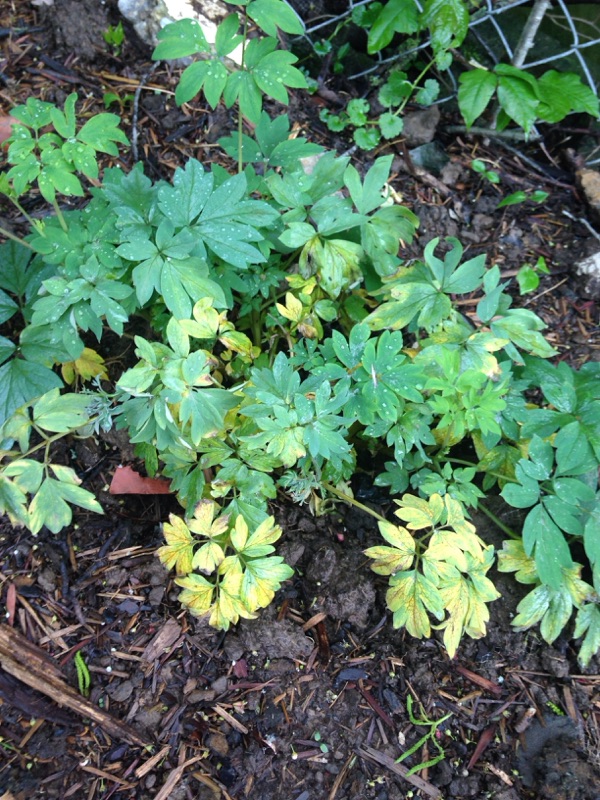
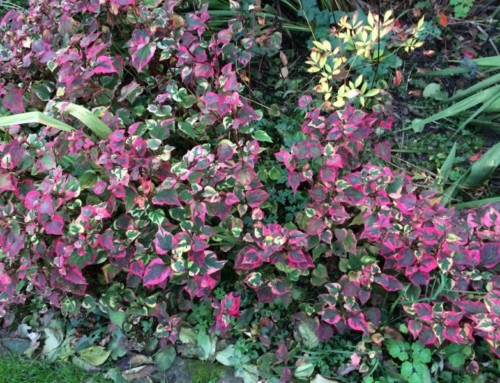
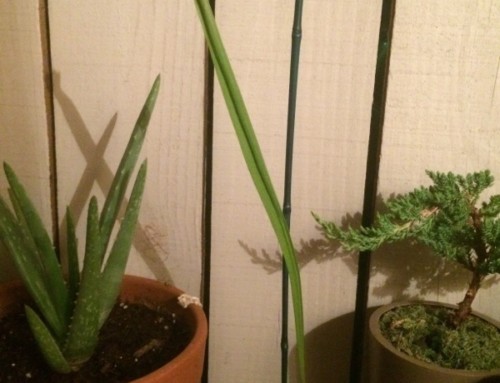
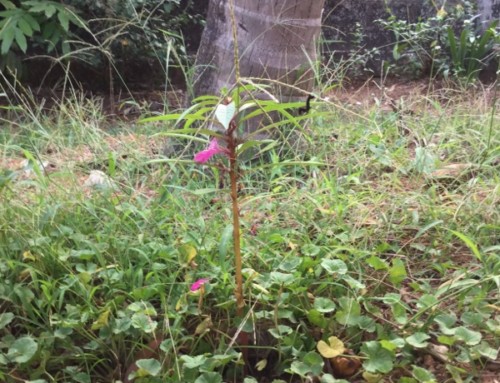
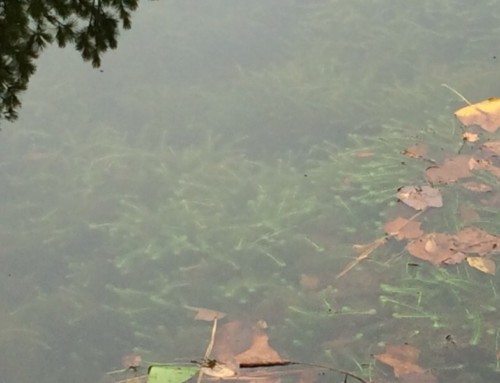
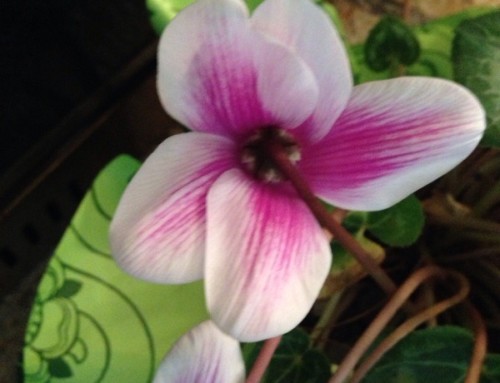
Leave A Comment